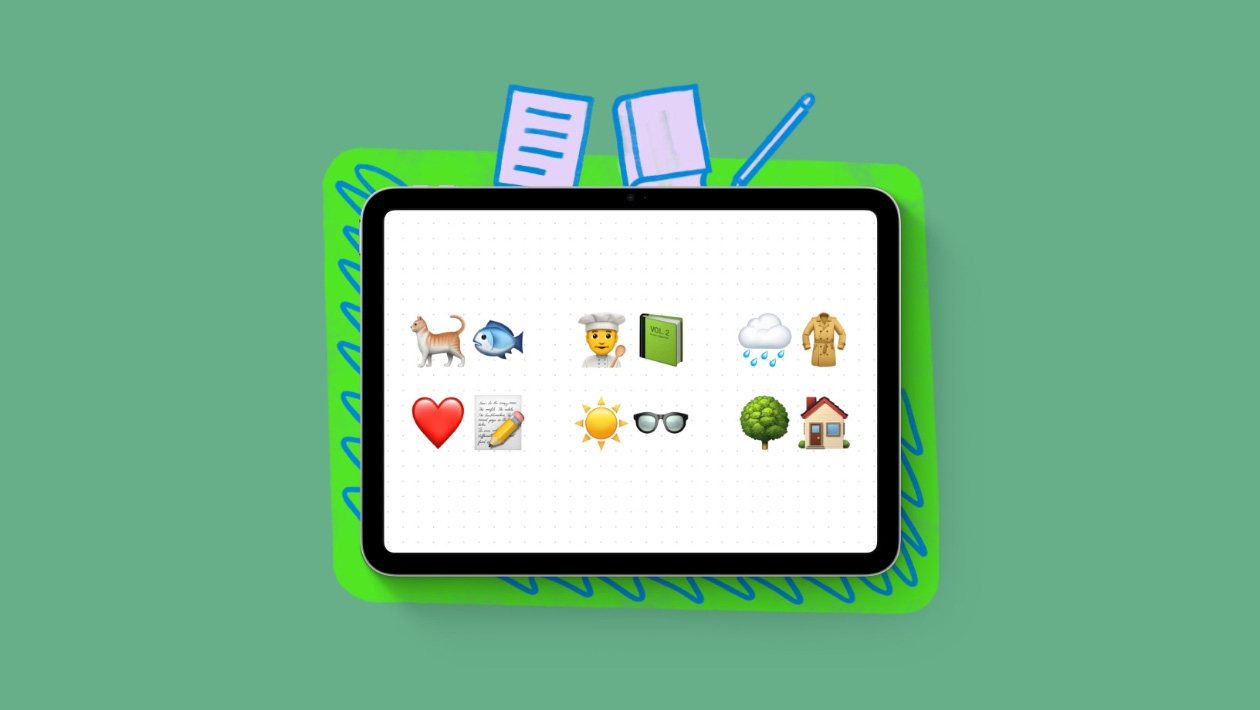I previously implemented an engaging activity in my US History class that uses emojis to help students summarize the causes of World War I (MANIA). This approach combines creativity with technology, encouraging symbolic thinking and deeper historical understanding while making learning interactive and fun.
Learning Objective:
Students will analyze and represent the five primary causes of World War I (Militarism, Alliances, Nationalism, Imperialism, Assassination) using emojis as symbolic tools to demonstrate understanding of historical concepts and their interconnections.
Activate Task: Emoji Analysis of MANIA
Step 1: Introduction (5 min)
- Briefly review the acronym MANIA:
- M – Militarism
- A – Alliances
- N – Nationalism
- I – Imperialism
- A – Assassination
- Discuss how symbols (like emojis) can represent abstract ideas and historical forces.
Step 2: Emoji Creation (10 min)
- Students will select emojis to represent each cause of WWI.
- They must justify their choices in writing (1–2 sentences per cause), explaining how each emoji reflects the historical concept.
- Example: 🛡️💣 for Militarism – “These emojis represent the arms buildup and glorification of military power in pre-WWI Europe.”
Step 3: Peer Exchange (5 min)
- Students share their emoji sets with a partner or small group.
- Peers interpret the emoji sequences and provide feedback on clarity and historical accuracy.
Step 4: Class Reflection (5 min)
- Facilitate a discussion on:
- Which causes were easiest/hardest to symbolize?
- How does symbolic representation deepen understanding of historical events?
Example:
The Causes of WWI
🔫💣🧨🪖💪
🇫🇷🤝🇷🇺🤝🇬🇧 🆚 🇩🇪🤝🇦🇹🤝🇮🇹
🇷🇸😡⛓️💥🇦🇹
💪🌍🏆
🚗🤴🇦🇹🔫👨🏻🟰🧨🔥
Militarism: I selected the gun, bomb, and dynamite emojis to symbolize the stockpiling of weapons, and the helmet and flexing bicep to represent military strength.
Alliances: I selected the flags of the main countries (France, Russia, and Great Britain and Germany, Austria, and Italy) leading the alliances of WWI at its outbreak, and the shaking hands to show that they were working together. I selected the VS emoji to distinguish which countries were in an alliance against the others.
Nationalism: I selected the Serbian flag to represent the Serbian nationalists and the angry emoji to show that the Serbian people were angry at the Austro-Hungarian government, represented by the Austrian flag, with a broken link between the Serbians and Austro-Hungarians showing that the Serbians wanted to break from the Austro-Hungarians.
Imperialism: I selected the flexing bicep and the globe (faced to the side where Europe and Africa show since those were the major areas of conflict) to represent global power, and the trophy to represent that the major European powers were vying to be the most powerful in the world.
Assassination: I selected the car, the prince, and Austrian flag emojis to represent the Austro-Hungarian Archduke Franz Ferdinand who was riding in a car in a parade when he was assassinated by Gavrilo Princip, represented by the man emoji and the squirt gun. I selected the equals sign and the dynamite and fire emojis to represent that the assassination set off the “powder keg of Europe” to start the war.
After sharing this strategy with other teachers, many successfully adapted it for their own classrooms. Its flexibility makes it an excellent option for quick summaries or formative assessments across various topics.
Here are some creative ways to adapt the emoji-based summary activity for other subjects:
ELA (English Language Arts)
- Literary Themes in Emojis: Students summarize the theme of a novel or short story using emojis and explain their choices.
- Character Analysis: Represent a character’s traits or development arc with emojis, then justify selections in writing.
Science
- Life Cycle Representation: Use emojis to illustrate the stages of a plant or animal life cycle.
- Chemical Reactions: Depict reactants and products of a simple chemical reaction using emojis (e.g., 🔥💨 for combustion).
- Weather Patterns: Summarize types of weather fronts or climate zones with emoji sequences.
Math
- Order of Operations: Represent PEMDAS steps with emojis (➕➖✖️➗).
- Geometry Shapes: Use emojis to symbolize different shapes and their properties.
- Data Trends: Show increase/decrease or patterns in a dataset using arrows and symbols (⬆️⬇️📈).









November 14, 2025 . English
English
What an interesting way to use emojis - the power of symbolism and justifying a response. What was student engagement and feedback like? I am guessing they were eager to participate?
This action is unavailable while under moderation.
This action is unavailable while under moderation.